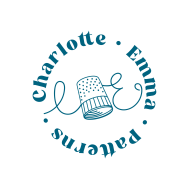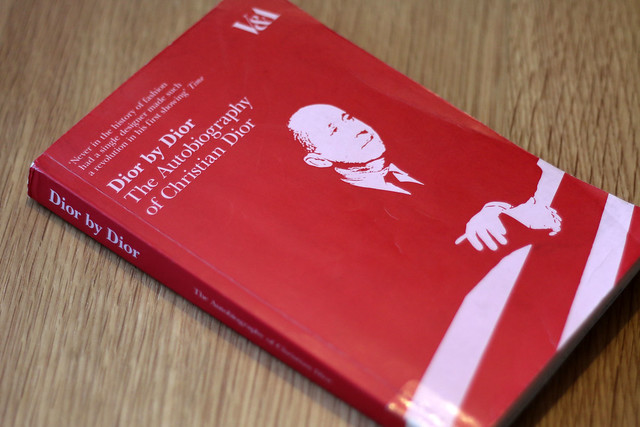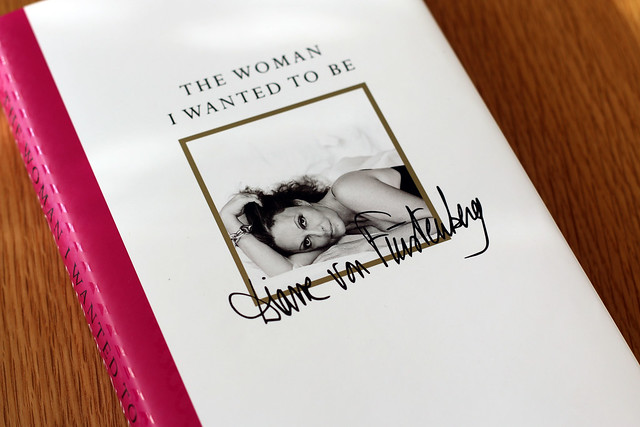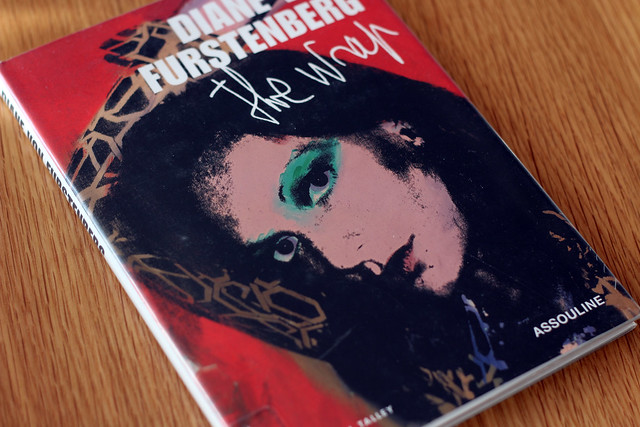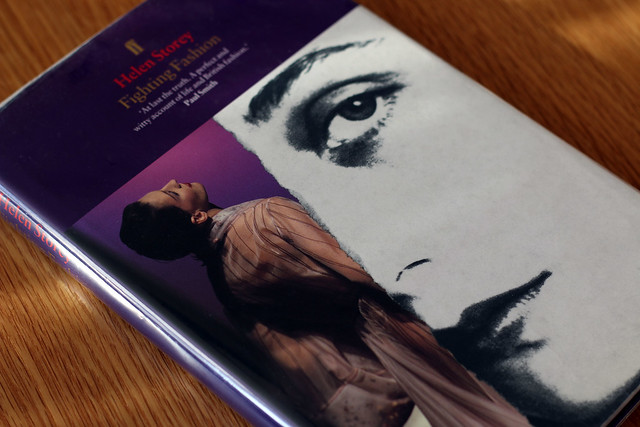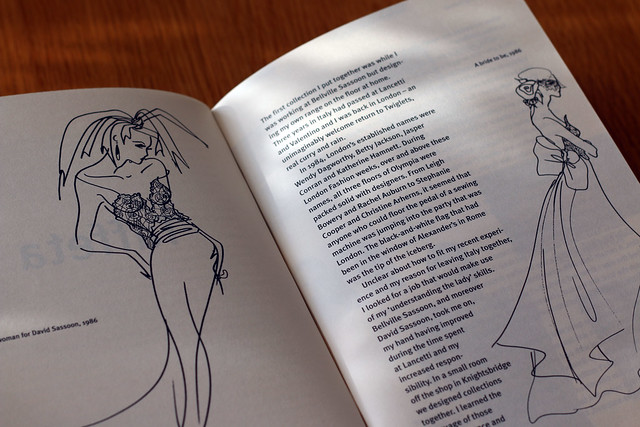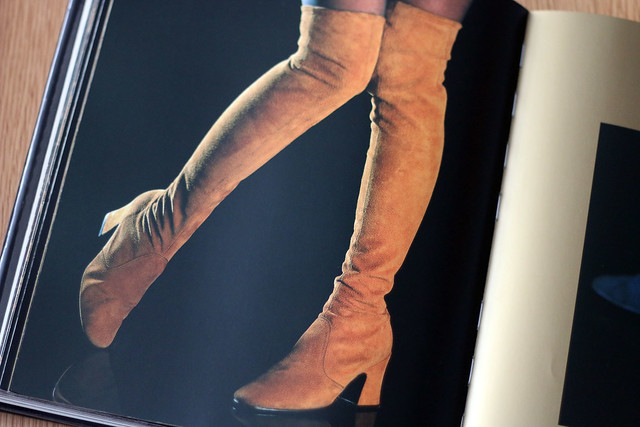As a sewist, I’m fascinated by fashion designers. I’m fascinated by their designs, their design and production processes, and – simply because I’m nosy and love an autobiography – their lives.
I’ve read quite a few autobiographies by designers lately. Phil is in Liverpool for a football match so I thought I’d curl up with a cup of tea (or two, this is a long post) this Saturday and write a review post in case anyone else is looking for a new book and fancies some fashion related inspiration.
Dior by Dior: The Autobiography of Christian Dior
If you’re interested in the personal life of Christian Dior then this isn’t the book for you. This is probably the least personal autobiography I’ve ever read; Dior gives nothing away. In fact he states at the very beginning of the book that this is an autobiography of Dior the couturier, not the private individual. What Dior does cover, in great detail, is the fashion industry of the 1940s and 50s. As a result the book can be a slightly dry read, although Dior has a nice turn of phrase. The book does give a real insight into the life of a couturier at that time, and is great on the terminology and intimate details of haute couture. The sections on the design process at the studio (which included a huge staff), on the role of the mannequins or models, the showing of the collection (including restrictions on the press, who were not allowed to make any drawings) and the fitting of wealthy clients, are all fascinating from a historical perspective.
It is also interesting in terms of understanding the system of fashion houses, where a designer has the financial backing to experiment and develop, and to focus on being a designer. This is in striking contrast to a couple of the books below, where self financed designers write about constantly struggling, and devoting huge amounts of time, to financing their next collections.
Overall, read this book if you’re interested in how, in the 40s and 50s, a dress went from a drawing by Dior to being fitted on a client. However, I would recommend reading it alongside a more prying biography of Dior, to give a sense of his personal life, and of how other people viewed him.
The Woman I Wanted to be, Diane Von Furstenberg
This book is the exact opposite of the Dior book above, this is an especially personal autobiography. By that I mean that DVF doesn’t just tell you what happened, she also tells you how she felt, and devotes quite large sections of the book to talking about her emotions, relationships and mental state.
DVF has had a fascinating life, and in this book she comes across as an inspiring, talented, powerful woman. You get the sense from this book that you would love DVF if you knew her in person.
The book covers both DVF’s career and her personal life. In my opinion it chops and changes between the two a little too much. For example, DVF will write about a period in her life, focusing on her relationships at that time and her personal state of mind, and then, in a later chapter, she’ll write about the same time period, focusing on what was happening professionally. I would have preferred the book to have told a more liner story, with the personal and professional stories told at the same time, for a better balance. My only other criticism is that the book can be a little ‘luvvie’ (in the theatrical sense); It isn’t that the book is insincere, but DVF spends large sections of the book talking about how great life is / love is / how we should be thankful for what we have. Not that I’m disagreeing, but somewhere within these sections there will often be a mention of a private plane,weekly facials/massages at home, celebrity friends, multiple homes, boats, etc.
Don’t let that put you off though. DVF is an interesting and inspiring woman and, as well as being a good read, this book will motivate you.
Diane Von Furstenberg: The Wrap, Andre Leon Talley
This is a tiny book. It contains a very short biography of DVF, followed by 27 photos. The biography is magazine article length, and isn’t especially revealing. The photos are a mixture of photos of Diane, and DVF catwalk or advertising photos (a number of which are also included in The Woman I Wanted To Be). Due to the tiny amount of content included I wouldn’t advise buying this book; I borrowed it from the library:)
Fighting Fashion, Helen Storey
Helen Storey is a British fashion designer who had her own label in the 1980s-90s. Helen now co-directs the Helen Storey Foundation, a London based not for profit arts organisation, which organises multi-disciplinary projects or exhibitions which bring together fashion, art and science. She also supports the development of young fashion designers as a Professor at University of the Arts, London.
Helen’s autobiography tells her story as a designer, first working for other fashion houses and then establishing and running her own label, until it eventually went into receivership. Helen’s illustrations and photographs which are included allow you to get a good sense of each of the collections Helen writes about designing. The title of Helen’s book is appropriate – this book is about the battle, and constant struggle to run your own label. Not just the struggle as a designer to innovate, develop and appeal to your audience. But the struggle to administer a multi-million pound business, while also being creative, and having a personal life. When every collection has to pay for the next, it places a huge pressure on the company and its staff, not only for the collection to be profitable, but also to receive the income as soon as possible as you are constantly short on funds to invest in the next collection.
Fighting Fashion is also a very honest account of supporting a partner through a long battle with an invasive cancer.
It’s a book about what training and support designers need, and how the British fashion industry needs to change in order for young designers to succeed.
It’s one woman’s account of all of the above, and well worth a read.
From A to Biba: The Autobiography of Barbara Hulanicki
(Photo from ‘The Biba Experience’, as I forgot to get a photo of ‘From A to Biba’)
Ok, I saved my favourite until last; I love this book. In the UK, Biba is a part of our consciousness. It’s the brand your mom tells you was on her wish list as a teenager, it’s the brand mentioned in any article or documentary about British fashion or London in the 1960s and 70s, and it’s one of the labels included on permanent display in the fashion gallery at the V&A.
Like Helen Storey, Hulanicki writes about the difficulty of financing a small business. Hulanicki tells great stories, such as desperately trying to locate pink gingham fabric, because Biba sold a huge volume of dresses via mail order before obtaining the fabric or anyone to produce the dress (because the potential number of orders was a total unknown and those mail order payments were needed to fund the fabric, and the production). Hulanicki conveys the atmosphere of being the ‘it’ store of the 1960s, patronised by celebrities and a favourite hang-out of teens. She tells the story of what it means to be a successful brand, and to keep identifying opportunities to expand – from the original mail-order company to Big Biba, a huge department store that was one of London’s most popular tourist attractions with up to a million visitors a week. And of the increased pressure this expansion places on a business, and the necessity of seeking outside funding, which eventually led to Hulanicki loosing control of Biba.
Reading From A to Biba will make you love Biba, it will make you wish you could shop at Big Biba, and it will send you to ebay to calculate the cost of purchasing a vintage Biba dress (p.s. not cheap).
Phew that was a long post, hopefully you’ve been inspired to visit the library or browse Amazon. When I’ve read a few more biographies I’ll let you know.
Disclaimer: Post contains affiliate links; all views expressed are my own.
